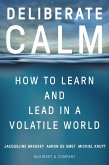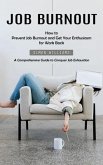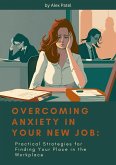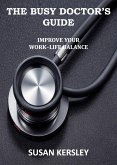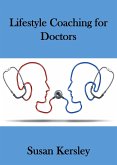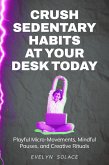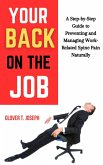The damage does not happen overnight, but the signs are easy to miss. Stiff hips, nagging back pain, sore wrists-these are not just minor inconveniences but early warnings of deeper problems. Every hour spent in a chair without movement compounds stress on the spine, weakens the core, and slows down vital processes that keep the body functioning at its best. The longer the routine remains unchanged, the harder it becomes to reverse the effects. Simply standing up a few times a day is not enough. Without proper adjustments, even those who exercise regularly still suffer the consequences of prolonged inactivity.
The good news is that solutions exist, and they do not require drastic lifestyle changes or hours of extra work. Small, strategic shifts in posture, movement, and daily habits can undo years of sitting-related damage in a fraction of the time. The key is understanding how the body responds to prolonged sitting and implementing methods that counteract those effects effectively. Proper alignment, dynamic positioning, and mindful activity breaks can restore circulation, ease tension, and improve overall well-being without disrupting productivity.
Posture is not just about sitting up straight-it is about positioning the body in ways that support long-term health. The common workplace setup often promotes slouching, forward-leaning head positions, and compressed spinal alignment, all of which contribute to muscle imbalances and chronic pain. Adjusting the workspace to promote natural movement, integrating mobility exercises throughout the day, and optimizing chair positioning can make a noticeable difference in energy levels and comfort. When the body is properly aligned, the mind functions more efficiently, focus sharpens, and fatigue decreases.
The effects of sitting extend beyond physical health. Mental sharpness declines as blood flow slows, leading to sluggish thinking and reduced productivity. Restlessness grows, motivation dips, and stress levels increase. Movement is essential not only for muscle function but also for brain performance. Incorporating active strategies into the workday can refresh cognitive function, sharpen problem-solving skills, and reduce tension that accumulates from long hours at a desk.
Readers will gain practical, research-backed techniques that fit seamlessly into any routine, allowing them to counteract the negative effects of sitting without sacrificing efficiency. They will learn how to recognize warning signs of poor posture before they develop into chronic issues, how to structure movement into their day without disrupting workflow, and how to create an environment that encourages lasting physical resilience. These adjustments do not require gym memberships, expensive equipment, or major time commitments-just simple, targeted changes that deliver immediate and lasting results.
This is not just about feeling better temporarily but about creating a sustainable approach to movement and health in a desk-bound world. By taking control of how the body is positioned and actively countering the effects of prolonged sitting, anyone can break free from the cycle of stiffness, fatigue, and discomfort. The body was designed to move, and with the right strategies, a desk job no longer has to mean declining health.
Dieser Download kann aus rechtlichen Gründen nur mit Rechnungsadresse in A, B, CY, CZ, D, DK, EW, E, FIN, F, GR, H, IRL, I, LT, L, LR, M, NL, PL, P, R, S, SLO, SK ausgeliefert werden.



